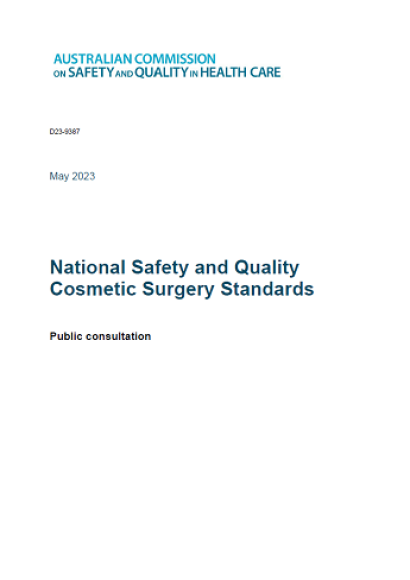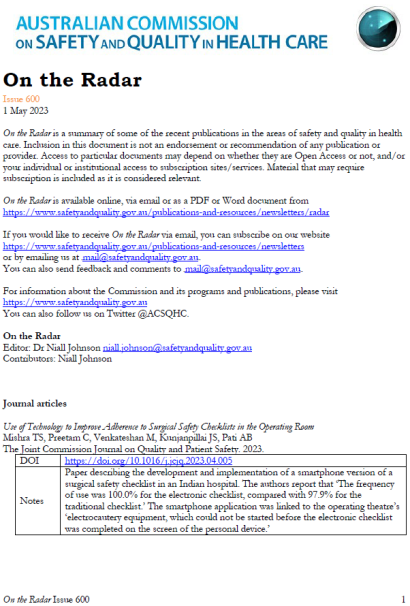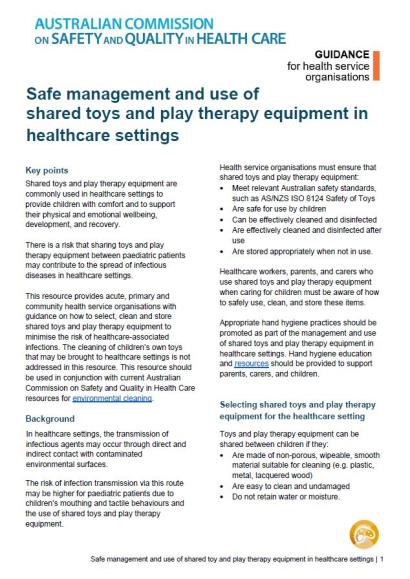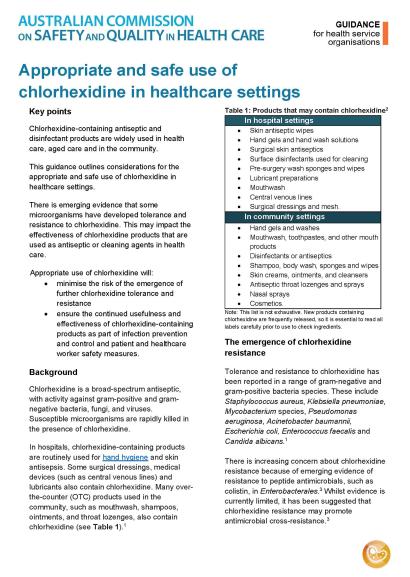The Commission sought feedback on the draft National Safety and Quality Cosmetic Surgery Standards (Cosmetic Surgery Standards) between 1 and 26 May 2023. Feedback received during the public consultation will inform the finalisation of the Cosmetic Surgery Standards.
On the Radar Issue 600 is now available.
This issue includes items on surgical safety checklist, environmental impact of surgery, community pharmacy safety, COIVD-19 and more.
Also covered are the latest issues of The Joint Commission Journal on Quality and Patient Safety, Patient Experience Journal, Healthcare Quarterly, The Milbank Quarterly along with early online papers from BMJ Quality & Safety and International Journal for Quality in Health Care along with the latest from the UK’s NICE and NHS and the USA’s AHRQ
The Commission released the third edition of Requirements for medical testing for human genetic variation on 28 February 2023.
The Commission released the fifth edition of Requirements for information communication and reporting on 27 February 2023.
The Commission released the fifth edition of Requirements for the packaging and transport of pathology specimens and associated materials on 27 February 2023.
The Commission, in consultation with the National Pathology Accreditation Advisory Council (NPAAC), has released the fifth edition of Requirements for transfusion laboratory practice (the transfusion standard).
The Commission, in consultation with the National Pathology Accreditation Advisory Council (NPAAC), has released the fifth edition of Requirements for information communication and reporting (the information communication and reporting standard).
This resource provides guidance on how to select, clean and store shared toys and play therapy equipment to minimise the risk of infection.
Guidance for health service organisations on the appropriate and safe use of chlorhexidine in healthcare settings.




